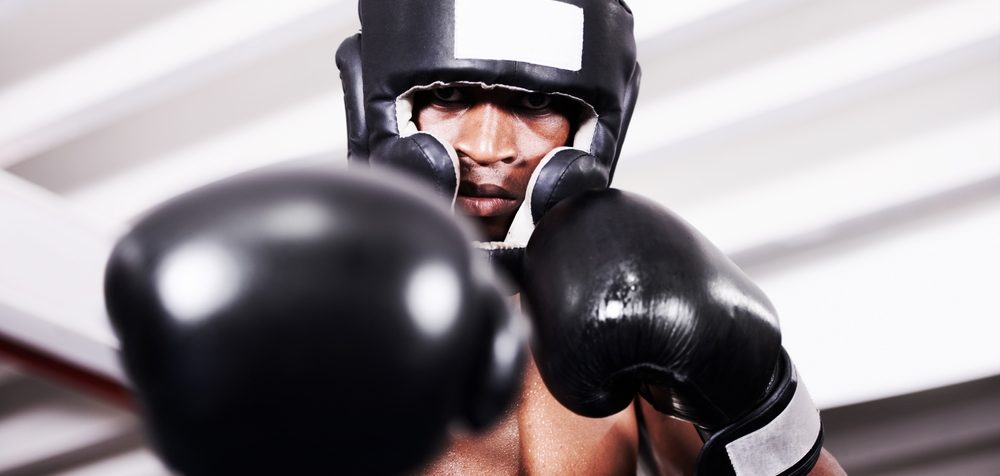
Engineers at the University of Colorado of Boulder and Sandia National Laboratories have developed a new design for padding that can better withstand strong impacts than conventional materials. The new padding could be used wherever the protection of fragile objects or bodies is required – such as helmets, shipping crates, etc.
“Impact mitigation is something that’s important everywhere,” said Robert MacCurdy, corresponding author of the study. “It’s in highway crash barriers, knee pads and elbow pads, and in packaging equipment.”
Foams are often used for padding as they are good at absorbing impacts, but will become rigid if hit hard enough. Using computer algorithms, the team redesigned the interior of cushioning materials, allowing them to buckle under force, but only following a careful pattern. When tested, they found that their new padding could absorb as much as 25% more force than current technologies.
To improve the ability of the padding to not only absorb hard shocks, but also shocks of differing types, the team used custom software to lay out a network of honeycombs, then adjusted them to a structure similar to bellows in an accordion. This structure aids in guiding the honeycombs as they compress during an impact, allowing for a much smoother collapse.
“The material you use for absorbing impacts matters,” MacCurdy said. “But what really matters is the geometry.”
Using this honeycomb structure, they then used a 3D printer to create blocks the size of a small brick out of a material called thermoplastic polyurethane. When tested with an impact-testing machine, they found that the blocks could absorb roughly six times more energy than standard foams made out of the same material, and up to 25% more than other honeycomb designs.
“The moment you start to compress these structures, they absorb a certain amount of force,” MacCurdy said. “The best absorber designs maintain a constant force across the whole range of compression.”
The team is now working to improve on their structures even further, and are investigating the potential use of other types of materials.
